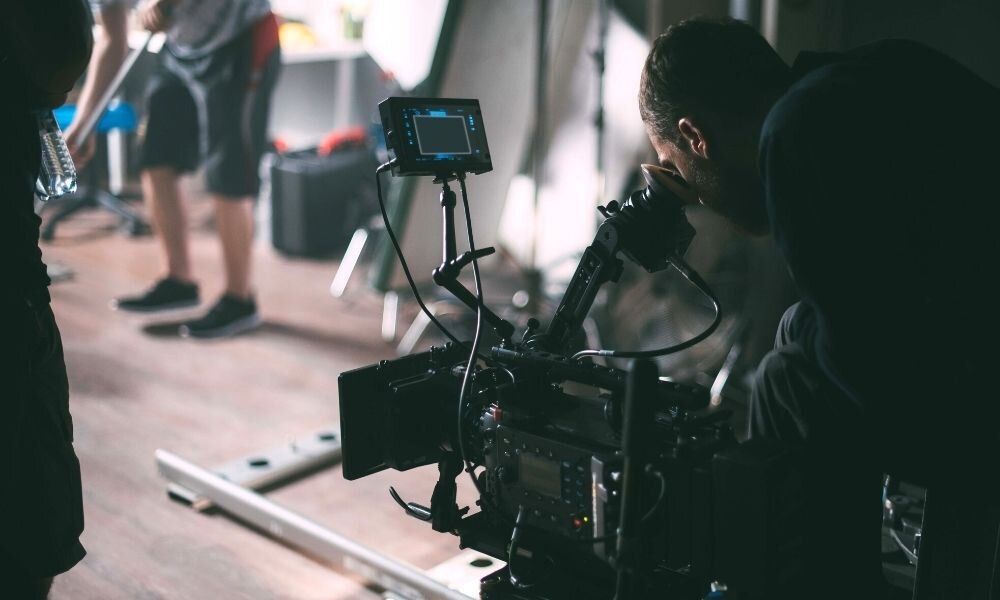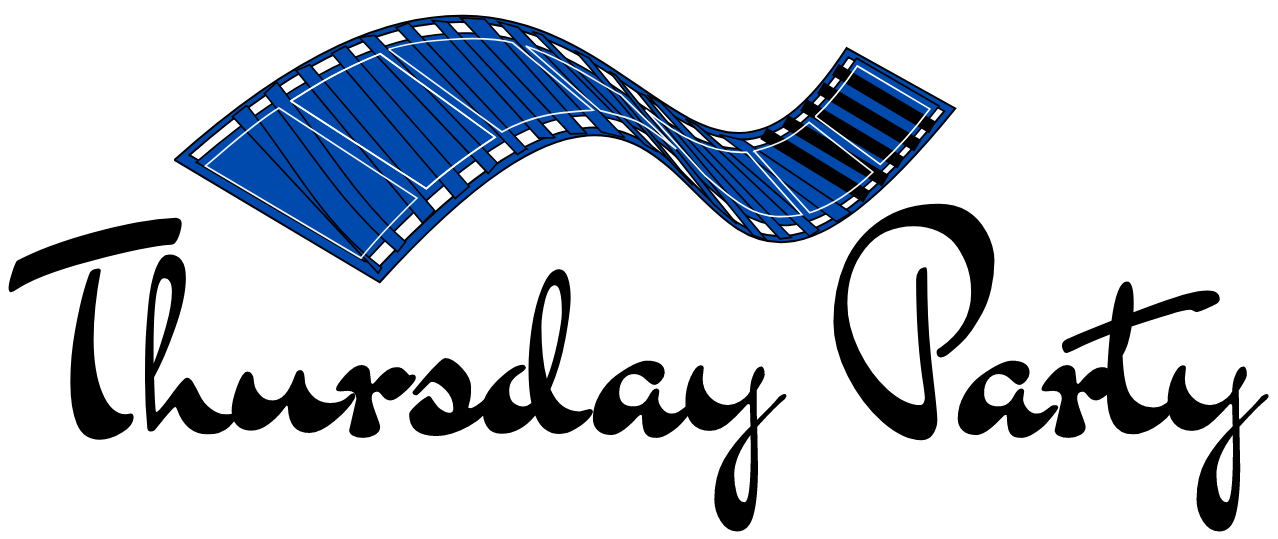Welcome to the world of video production, where a single frame can tell a thousand words and a well-crafted scene can touch a million hearts. In this realm, visual narratives are the soulful symphonies that add rhythm to the dance of storytelling. But how do you conceptualize a visual narrative that not only tells your story but also elevates your brand in the fast-paced social media space? Fear not, dear reader, for we’re about to embark on an adventure to unlock the secrets of crafting compelling visual narratives.

1. Start with ‘The Big Idea’
Every great narrative begins with a big idea, a central concept that serves as the foundation of your story. Think of it as the ‘North Star’ that guides all your creative decisions. Your big idea should resonate with your brand identity and engage your target audience. It could be as simple as ’empowering women’ or as complex as ‘exploring the human relationship with technology’. The key is to start broad and then refine.
2. Create ‘The Story Arc’
Once you have your big idea, it’s time to plot your story arc. Just like any epic tale, your visual narrative should have a beginning, middle, and end. The beginning introduces your characters (products, services, or brand values), the middle presents the conflict or challenge, and the end offers a resolution. This classic storytelling structure helps create a narrative flow that keeps your audience engaged from the first frame to the last.
3. Craft ‘The Visual Metaphor’
In the world of video production, showing is always better than telling. Visual metaphors are powerful storytelling tools that allow you to express complex ideas in a simple, engaging way. They add depth to your narrative and make it more memorable. For instance, a growing tree could symbolize personal growth, while a journey could represent a brand’s evolution. Be creative, be bold, and remember: a picture is worth a thousand words.
4. Design ‘The Aesthetic Style’
The aesthetic style of your video is like the visual language that communicates your brand identity. It includes elements like color palette, typography, lighting, and composition. Each of these elements should align with your brand’s visual identity and evoke the desired emotional response from your audience. Whether it’s a vibrant, energetic style for a youthful brand or a minimalist, sophisticated style for a luxury brand, your aesthetic style should be as unique as your brand.
5. Develop ‘The Characters’
Characters are the heart of any narrative. In branded content, your characters could be real people, animated figures, or even your products. The key is to make your characters relatable and authentic. They should embody your brand values and connect with your audience on an emotional level. After all, people don’t just buy products; they buy the stories that those products tell.
6. Incorporate ‘The Social Element’
In the social media space, engagement is the name of the game. To boost your visibility, your visual narrative should include social elements that encourage interaction. This could be a call-to-action that prompts viewers to share your video, a question that sparks conversation, or a challenge that drives user-generated content. Remember, social media is a two-way street. Don’t just tell your story; invite your audience to be a part of it.
7. Embrace ‘The Power of Sound’
Last but not least, don’t forget about the power of sound. Music, voiceover, and sound effects can greatly enhance your visual narrative, adding an extra layer of emotion and energy. Choose sounds that complement your visual content and reinforce your brand identity. A well-crafted soundtrack can make your visual narrative sing, literally and figuratively.
8. Experiment with ‘The Pace’
The pace of your video can dramatically impact how your narrative unfolds and how it’s received by your audience. Fast-paced videos create excitement and urgency, while slow-paced videos can evoke emotions and allow for deep reflection. The trick is to vary the pace to keep your audience engaged and to match the tone of your narrative.
9. Harness ‘The Power of Editing’
Editing is where all the pieces of your visual narrative come together. It’s where you decide the sequence of scenes, the transition effects, and the overall rhythm of your video. Good editing can enhance the storytelling, create tension, and highlight important moments. So, take your time and make every cut count.
10. Test, Refine, Repeat
Finally, remember that conceptualizing a visual narrative is an iterative process. Don’t be afraid to test your ideas, gather feedback, and refine your narrative. Your first concept might not be perfect, and that’s okay. The key is to learn, adapt, and constantly strive to create a visual narrative that truly resonates with your audience.
Crafting a compelling visual narrative for video production is part science, part art, and a whole lot of creativity. It’s about finding the unique intersection between your brand story and your audience’s interests. It’s about painting a picture that captures the heart, engages the mind, and stirs the soul. So, pick up your metaphorical paintbrush and start creating your masterpiece. The social media canvas awaits!
And remember, every great artist needs a muse. If you’re looking for inspiration or guidance in crafting your brand’s visual narrative, we’re here to help. After all, in the world of video production, we’re the storytellers behind the camera, helping your brand shine in front of it.



